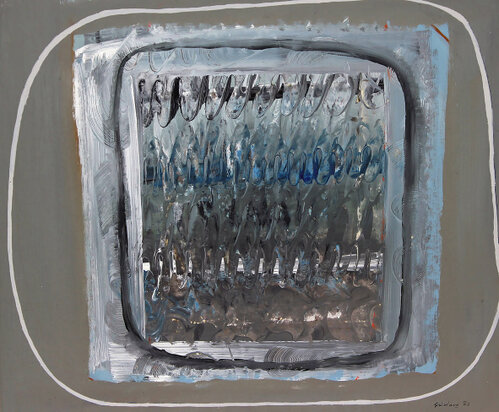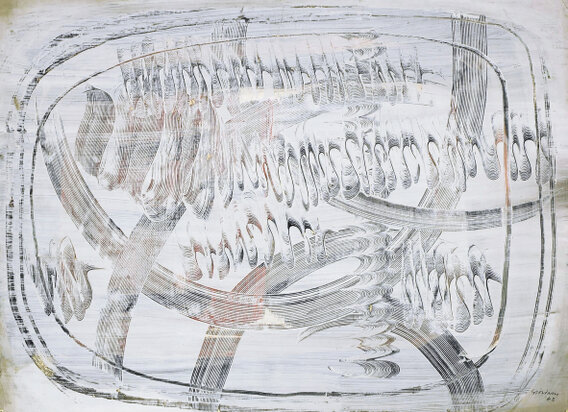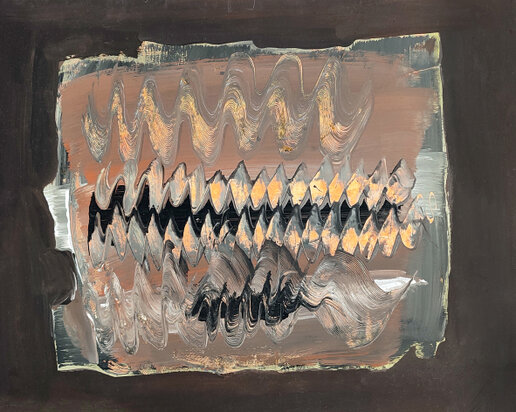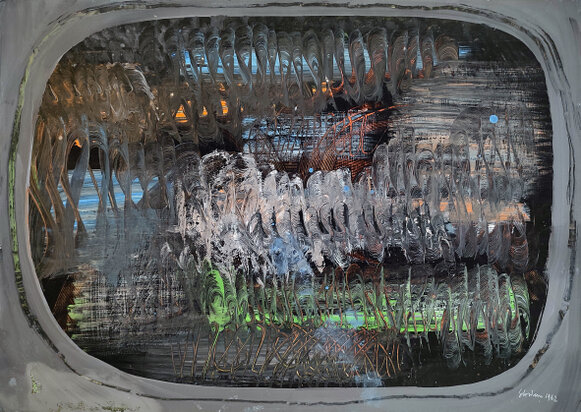EDOARDO GIORDANO
Edoardo Giordano was born in 1904 in Naples. In the 1930s, he was in close contact with anti-fascist intellectuals and exhibited at the Campania Trade Exhibitions, the Venice Biennials in 1934 and 1936, and the Rome Quadriennale in 1935. During this time, he traveled to Paris multiple times, where he exhibited in 1935 at the Carmin Gallery and developed relationships with artists like P. Picasso, C. Soutine, and Marie Laurencin. This interaction led him to a more relaxed and simplified approach to composition, evident in his tempera paintings from 1934. In the late 1930s and throughout World War II, Giordano’s work became more expressionistic, with vibrant colors and a heightened emotional intensity. His evolving style made him a key figure for the new generation of Neapolitan artists, particularly those in the Gruppo Sud, who sought to break from both the recent past and the lingering 19th-century traditions of the region. Giordano exhibited with the group in 1948 and 1949, and developed connections with members of MAC, the Movimento Arte Concreta, a Milan-based movement formed as part of the post-war renewal of the country. In the early 1950s, Giordano moved to Milan, where his abstract period began. Between 1952 and 1956, while collaborating with painter Andrea Bisanzio, he embraced a geometric abstraction with a lyrical touch, rather than a strictly constructive one. He also started experimenting with informal styles, focusing on both the material and gestural elements of painting. By the late 1950s, he moved to Rome, where he began his "Intonaci" series—material experiments with soft, muted colors. These works gained him significant recognition, including a solo exhibition at the 31st Venice Biennale in 1962 and commissions for decorative panels for the Bank of Italy. In 1964, Giordano exhibited at the Milan Triennale, and from 1967 to 1970, he taught at the Accademia di Belle Arti in Naples. After returning to Rome, he concentrated on abstract collages. Giordano passed away in Rome in 1974.
→ 01 COMPOSIZIONE ASTRATTA, 1963, mixed technique on cardboard, cm 50x59,5
→ 02 COMPOSIZIONE ASTRATTA, 1962, mixed technique on cardboard, cm 50x70
→ 03 COMPOSIZIONE, 1962, mixed technique on cardboard, cm 42x53,5
→ 04 SENZA TITOLO, 1962, mixed technique on cardboard, cm 50x70





